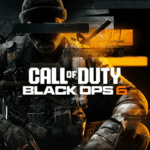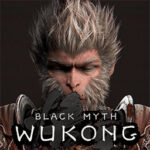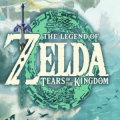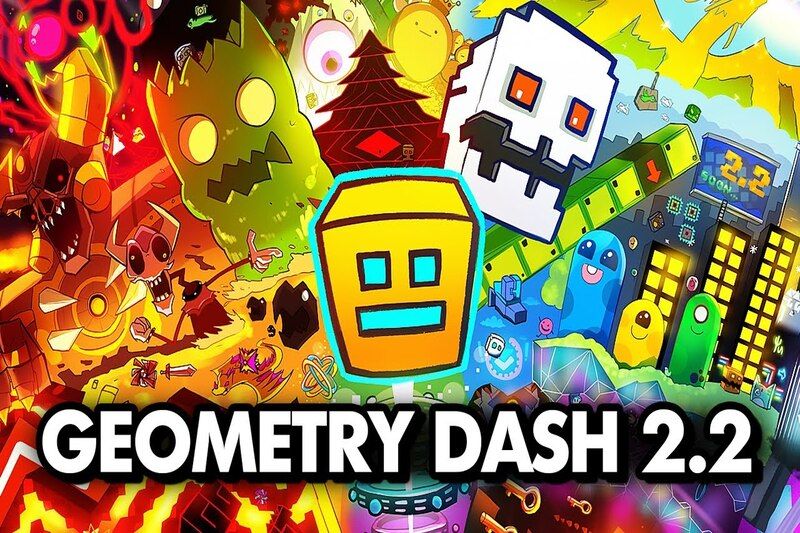Popular Now
Introduction
League of Legends (LoL), developed by Riot Games, is one of the most influential and widely played multiplayer online battle arena (MOBA) games in the world. While its strategic depth and team-based gameplay continue to captivate millions, the ranked mode — designed to showcase competitive skill — has become one of the most contentious aspects of the game. The ranked ladder is notorious not just for its difficulty but for fostering extreme levels of player toxicity. This article explores the deep-rooted psychological and systemic causes behind ranked toxicity in League of Legends, tracing its development chronologically and thematically across 10 detailed stages.
1. The Birth of Ranked Mode: Competitive Intent vs. Social Strain
When Riot introduced ranked mode in 2010, the goal was to offer players a measurable way to test and improve their skills. With tiers like Bronze, Silver, and Gold, players now had a visible badge of honor to pursue.
However, this system also introduced new pressure. Players began tying their self-worth to their rank, leading to frustration when losses occurred. The competitive environment quickly shifted from cooperative learning to individual validation. What began as a tool for progression laid the foundation for ego-driven toxicity.
2. Early Seasons: Elo Hell and Blame Culture
In the first few ranked seasons, terms like "Elo hell" became common. Players felt trapped in low ranks due to incompetent teammates, feeding, or AFKs.
This created a culture of deflection, where players refused to take responsibility for their own mistakes. Instead, blame was pushed outward. “My jungler is useless” became a mantra. This blame culture hardened into toxicity — not just as a reaction, but as a systemic norm. Players felt justified in their anger because the ranking system seemed unfair.

3. Season 3–5: Rise of Meta and One-Trick Stigma
As League of Legends matured, so did its meta. Riot introduced new champions, reworked old ones, and encouraged diverse strategies. But the ranked community clung to the “meta,” dismissing off-meta picks or creative play as trolling.
Players who deviated from the standard — “off-meta one-tricks” or support Teemo mains — were often flamed even before the match began. This rigidity led to gatekeeping behavior, where some players took it upon themselves to police others’ champion choices. Ranked toxicity evolved from reactive blame to proactive harassment.
4. The Role of LP (League Points) in Emotional Volatility
The introduction of League Points (LP) as a quantifiable gain/loss system added fuel to the fire. Every game felt like gambling with emotional currency.
Losses triggered rage because LP wasn't just about numbers — it symbolized time, effort, and identity. Gaining 18 LP after a hard-fought win only to lose 20 in the next game felt demoralizing. As LP became more emotionally charged, the stakes of each match intensified. Tilt — the downward spiral of performance due to emotional distress — became rampant.
5. The Psychology of Tilt: Neuroscience and Player Behavior
Tilt isn’t unique to League, but the game’s structure magnifies it. Matches last 25–45 minutes, mistakes are highly visible, and communication is open-ended.
From a neurological standpoint, every death, failed gank, or lost teamfight triggers a hit to the brain’s reward centers. Cortisol (the stress hormone) increases, while dopamine (pleasure) drops. Players in this state lash out — either by flaming teammates or engaging in passive-aggressive behavior like refusing to group or throwing intentionally.
6. The Evolution of Chat: From Strategy to Flame Wars
The in-game chat was meant to enhance communication, but in ranked games, it often devolves into psychological warfare. Pings, once tactical tools, became forms of passive aggression.
Words like “uninstall,” “report,” and “noob” flood the chat. Even well-intentioned advice is misinterpreted as criticism. The chat box became a battleground — not for strategies, but for ego and dominance. In an ironic twist, the feature meant to improve teamwork became one of the biggest threats to it.
7. Role Queue and the Blame Shift Paradigm
With the introduction of Role Queue in Season 10, Riot aimed to reduce frustration from auto-filling players into unwanted roles. While it helped balance team comps, it also introduced new layers of entitlement and role-based blame.
Now, players expect others to “carry” simply because they are in high-impact roles like jungle or mid. If a top laner dies early, the jungler is blamed for not ganking. If the ADC loses lane, the support is flamed. Responsibility shifted based on expectations, not performance, breeding a toxic environment of scapegoating.
8. Smurfing, Boosting, and the Breakdown of Matchmaking Integrity
Smurfing — when high-ranked players create new accounts to dominate low-ranked games — became widespread. Boosting, where accounts are climbed by hired players, further compromised ranked integrity.
For genuine low-elo players, facing a smurf can feel like an unfair boss battle. They don’t just lose — they’re humiliated. Repeated exposure to these experiences fosters a sense of helplessness and rage, fueling further toxicity and even account abandonment.
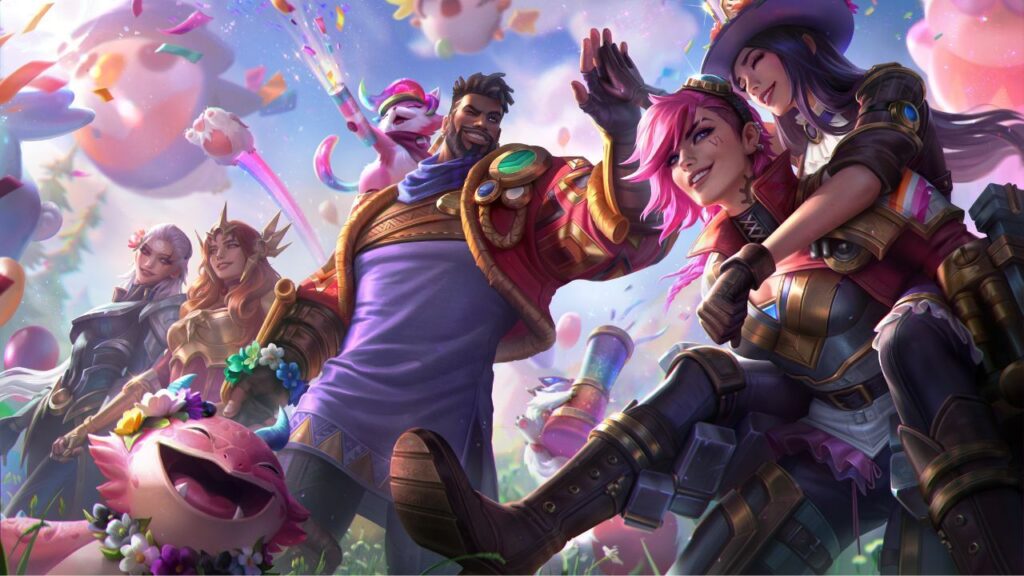
9. Riot’s Disciplinary Systems: A Reactive Approach to Punishment
While Riot has implemented features like the Honor system, instant feedback, and chat restrictions, these are often reactive. The system punishes visible toxicity (e.g., flaming) but rarely addresses subtle sabotage (e.g., intentional feeding masked as poor performance).
Players often report others with little faith in results. This perceived lack of enforcement leads to a form of vigilante justice — where players take matters into their own hands by flaming, griefing, or going AFK to “teach teammates a lesson.” Trust in the system erodes.
10. The Culture of Desensitization: Accepting Toxicity as Normal
Perhaps the most dangerous evolution of ranked toxicity is normalization. New players quickly adapt to the idea that being flamed is just part of the experience.
Memes like “it’s just League” or “mute all = mental diff” reinforce the idea that suffering is inevitable. This creates a feedback loop where toxicity isn’t resisted — it’s expected. Players internalize this environment and either become toxic themselves or emotionally numb. The game loses not just its community spirit, but its joy.
Conclusion
Ranked mode in League of Legends was built to challenge and reward — but over time, it has become a crucible of stress, hostility, and moral decay. While Riot has made strides in balancing gameplay and punishing visible misconduct, the root problems are deeply psychological and systemic. From fragile egos and identity attachment to structural imbalances and desensitization, ranked toxicity is not a bug — it’s a symptom of a broken competitive culture.
To heal League of Legends, solutions must go beyond punishments. It requires a cultural shift toward empathy, emotional resilience, and better education about tilt, teamwork, and the true meaning of competition. Until then, the ranked ladder will remain less of a climb — and more of a psychological descent.


